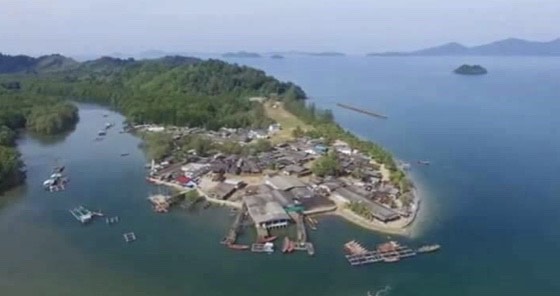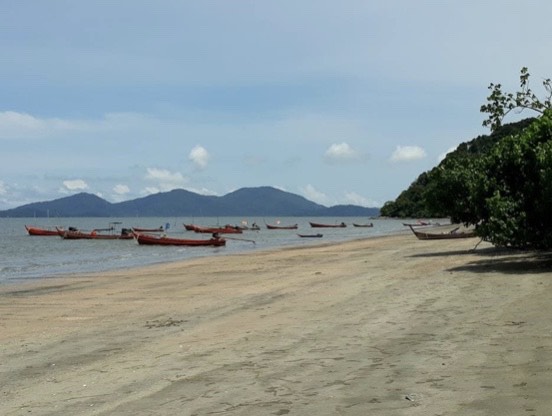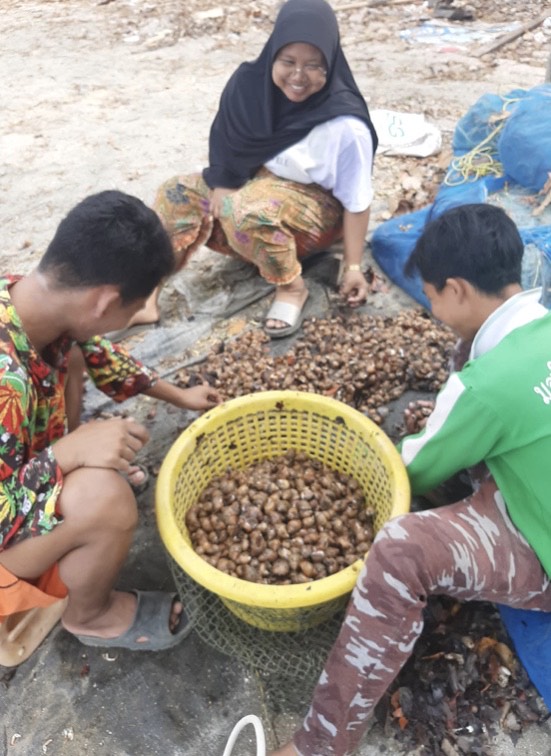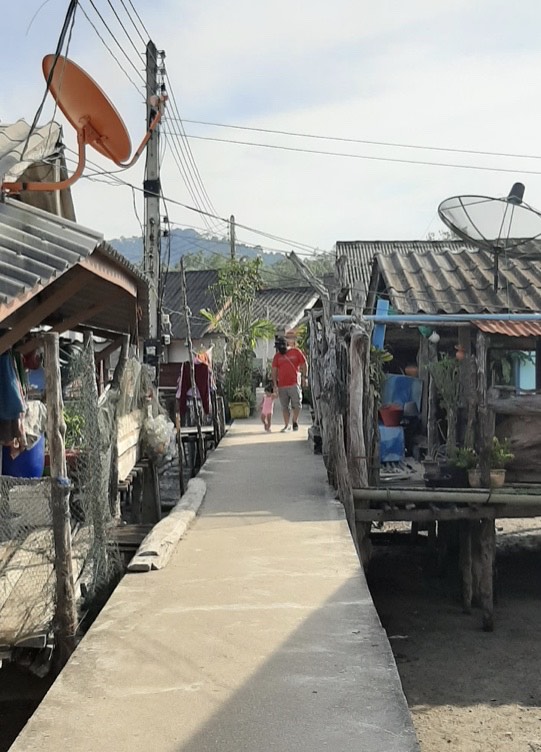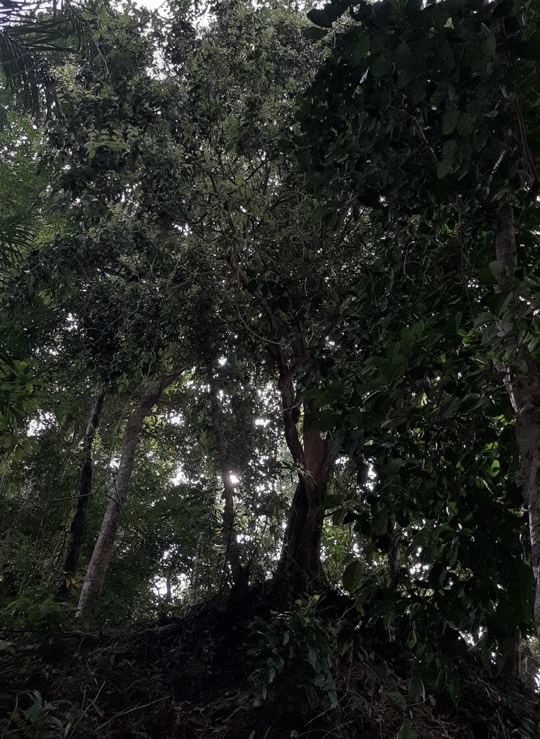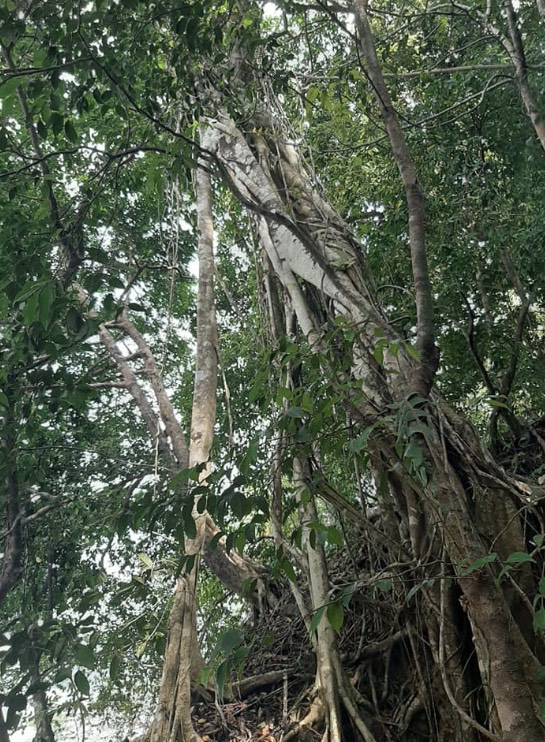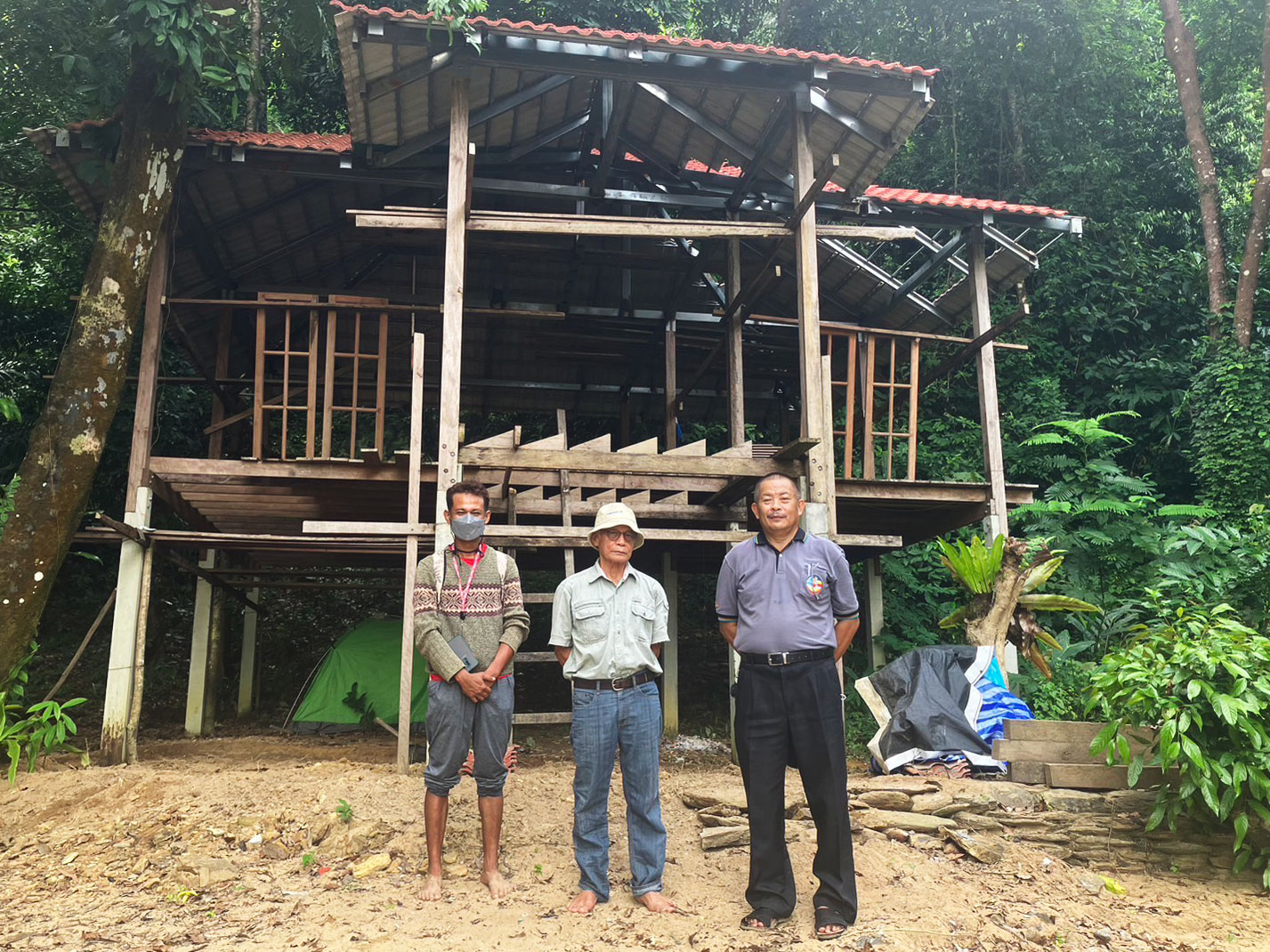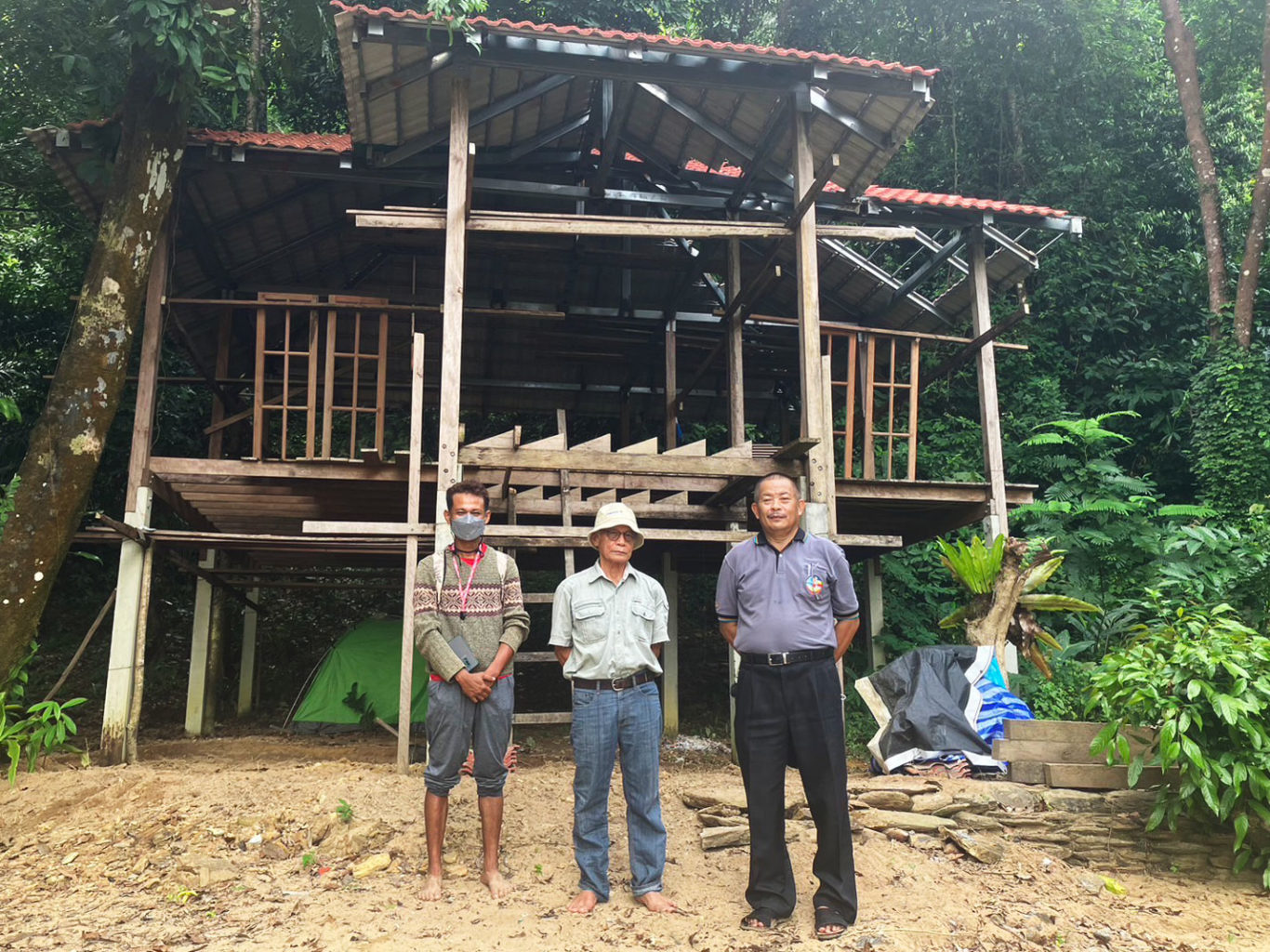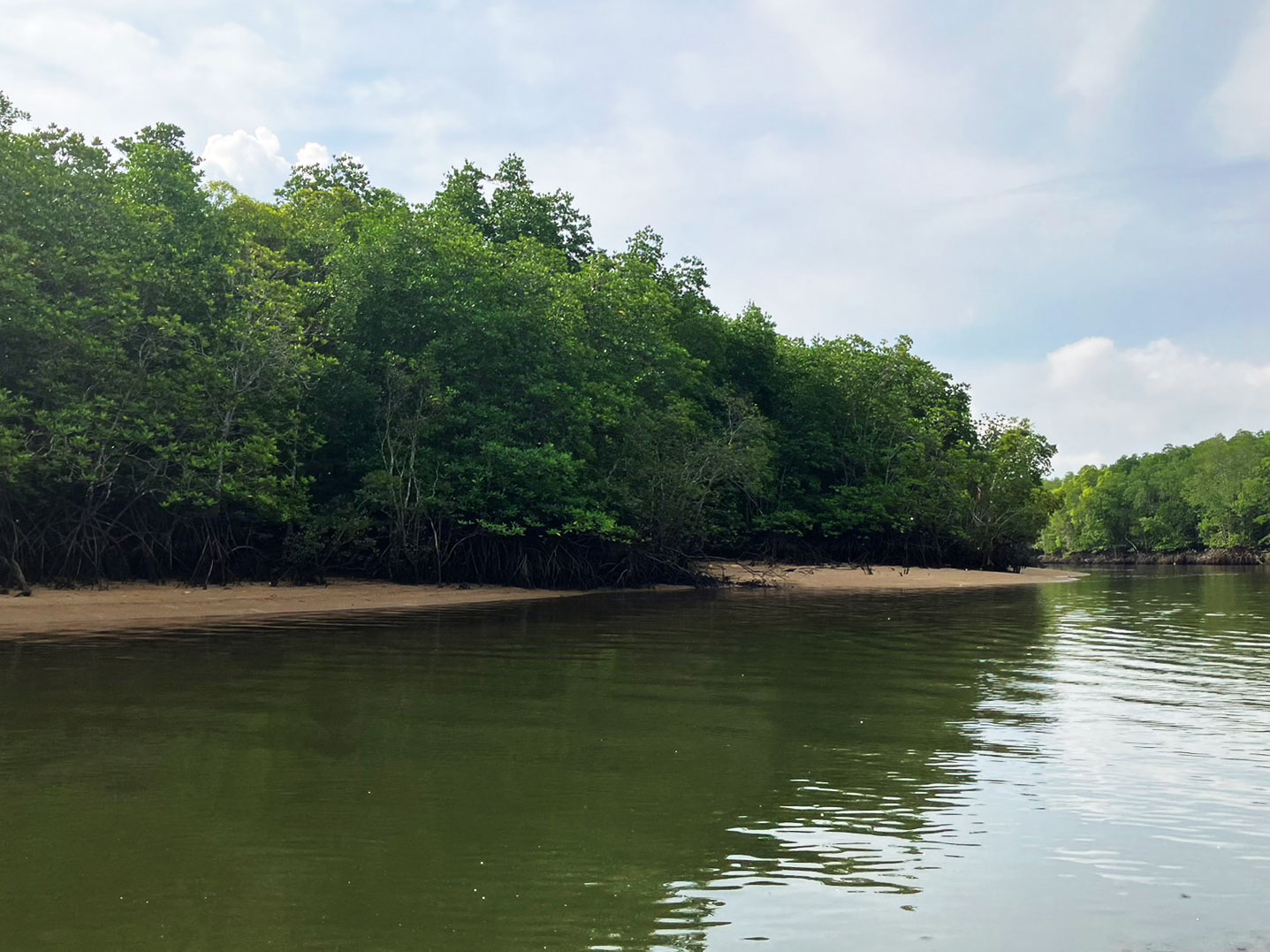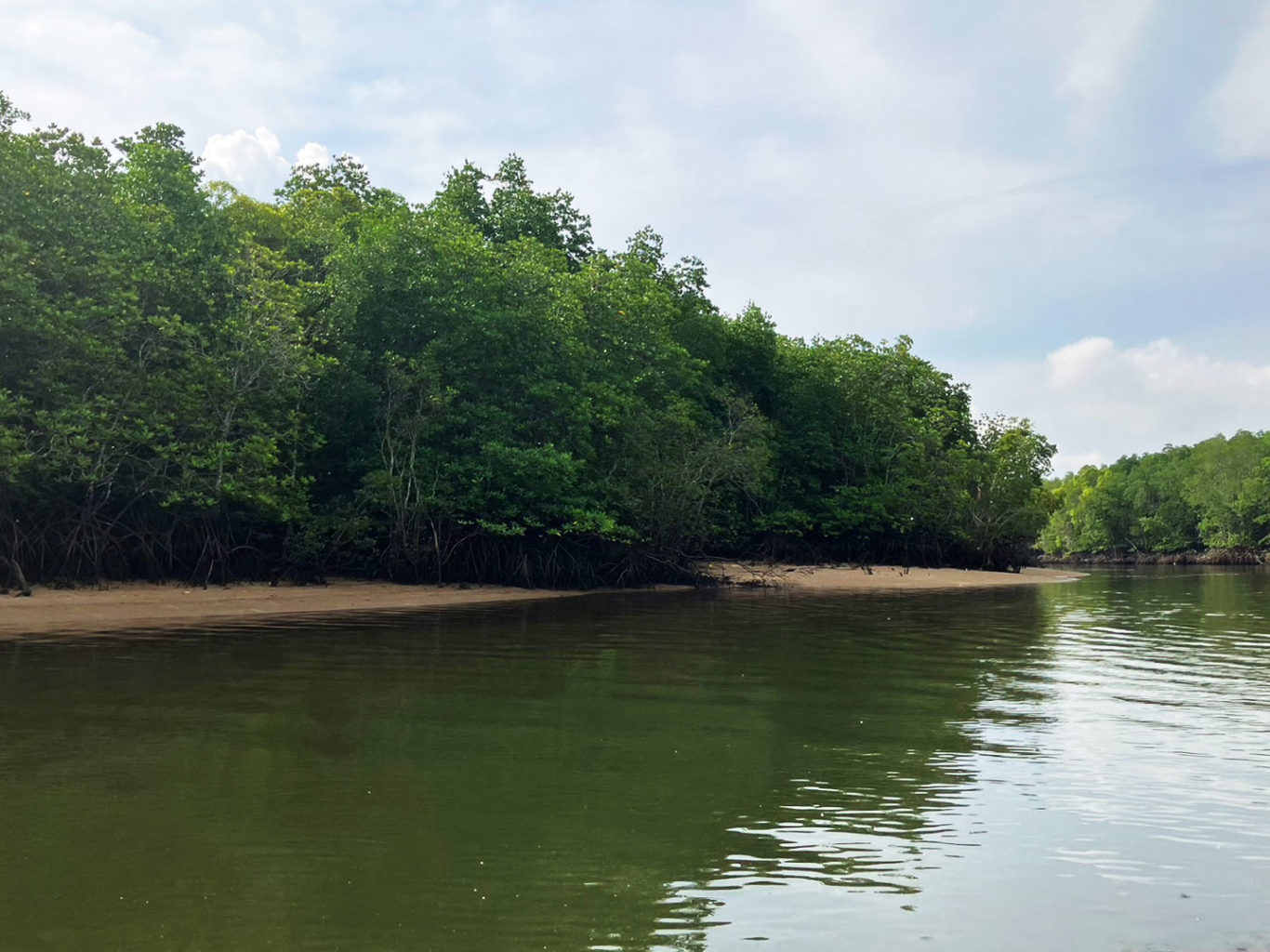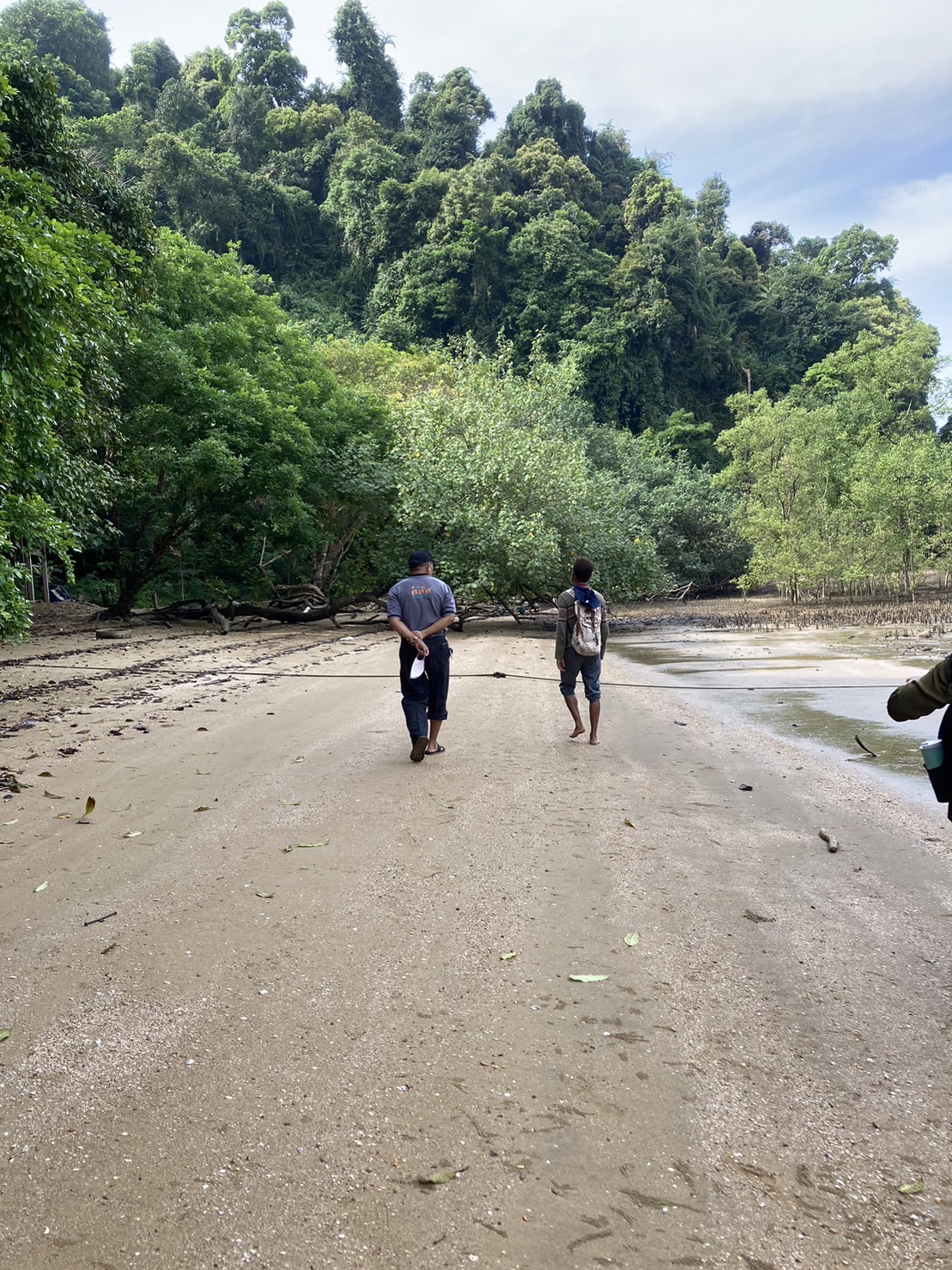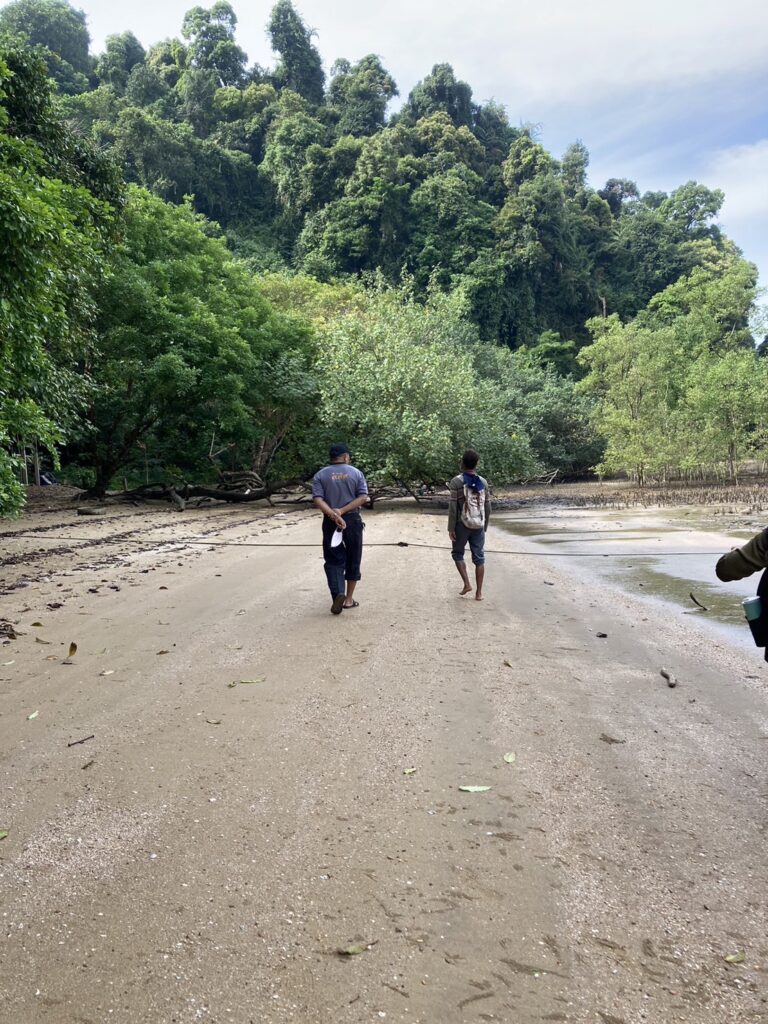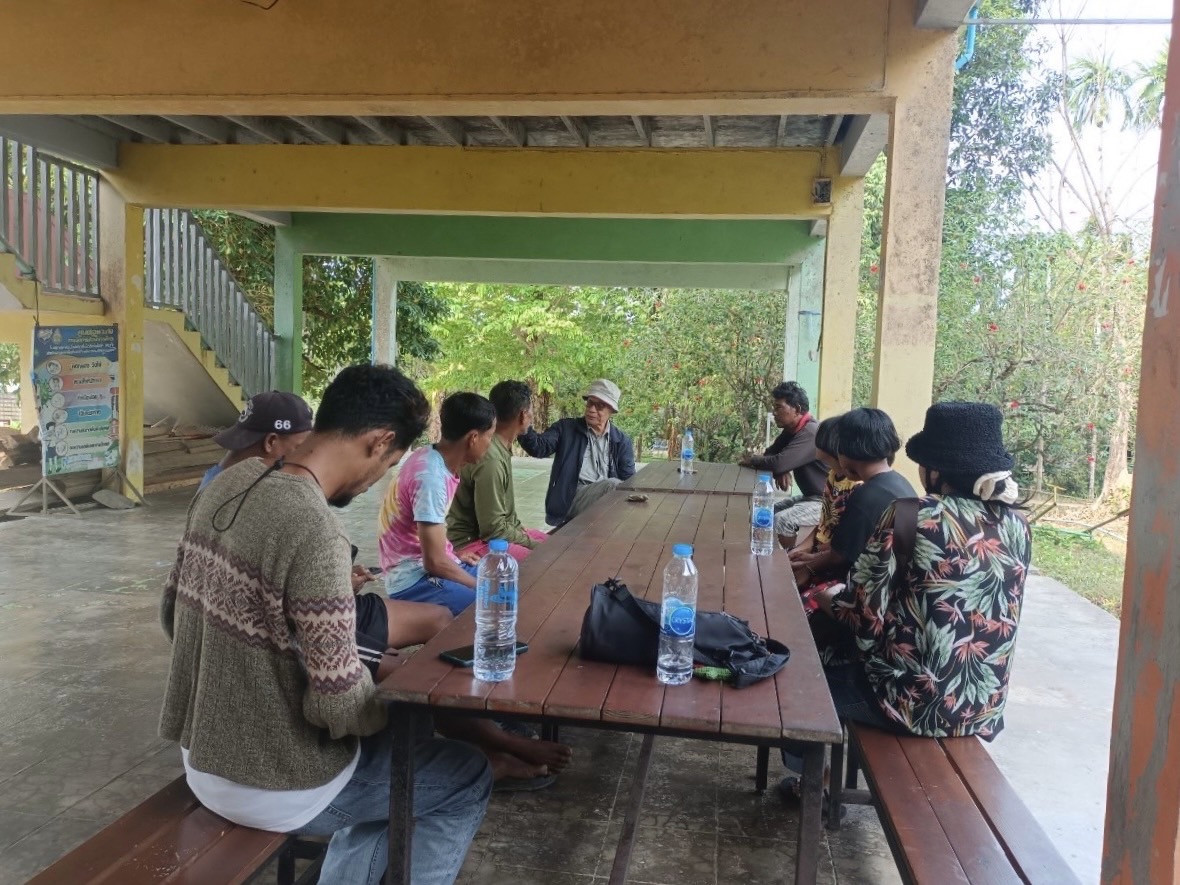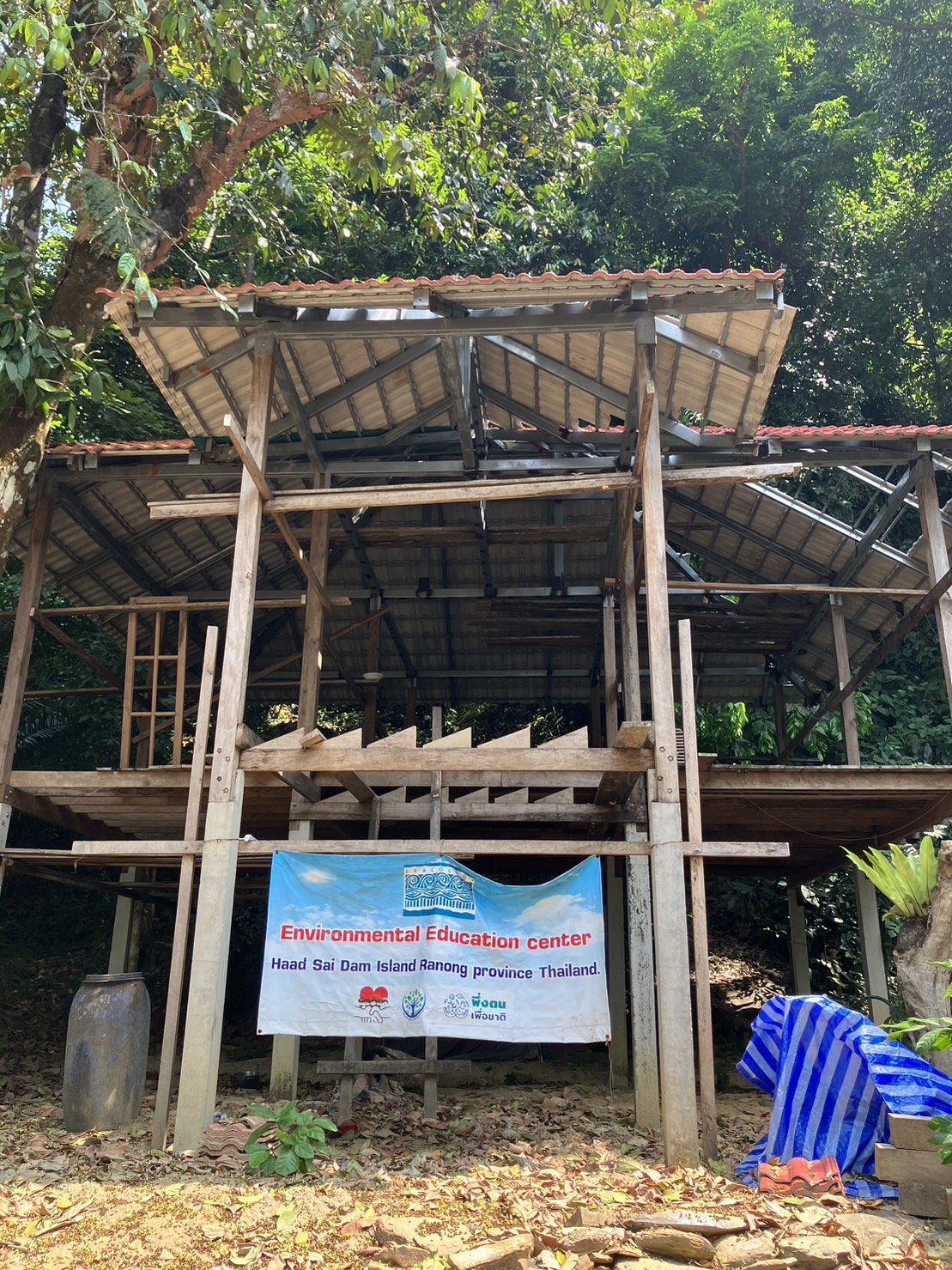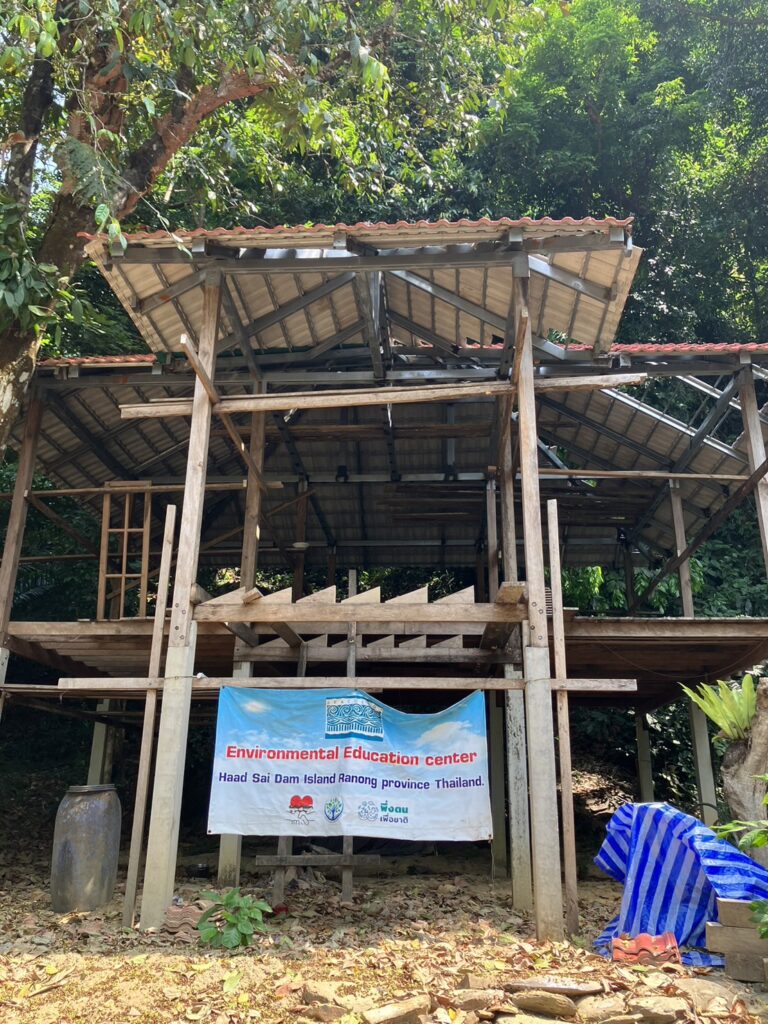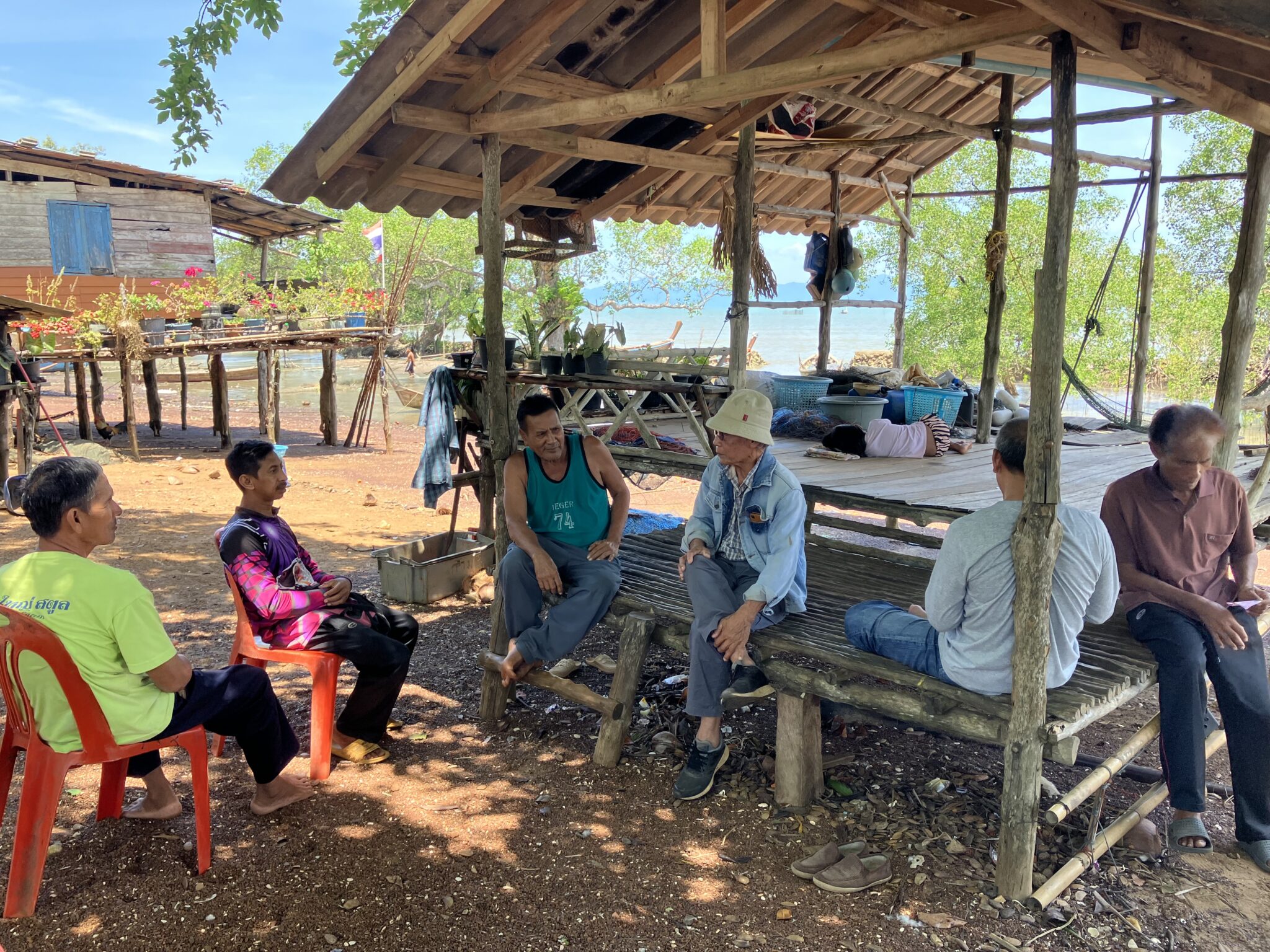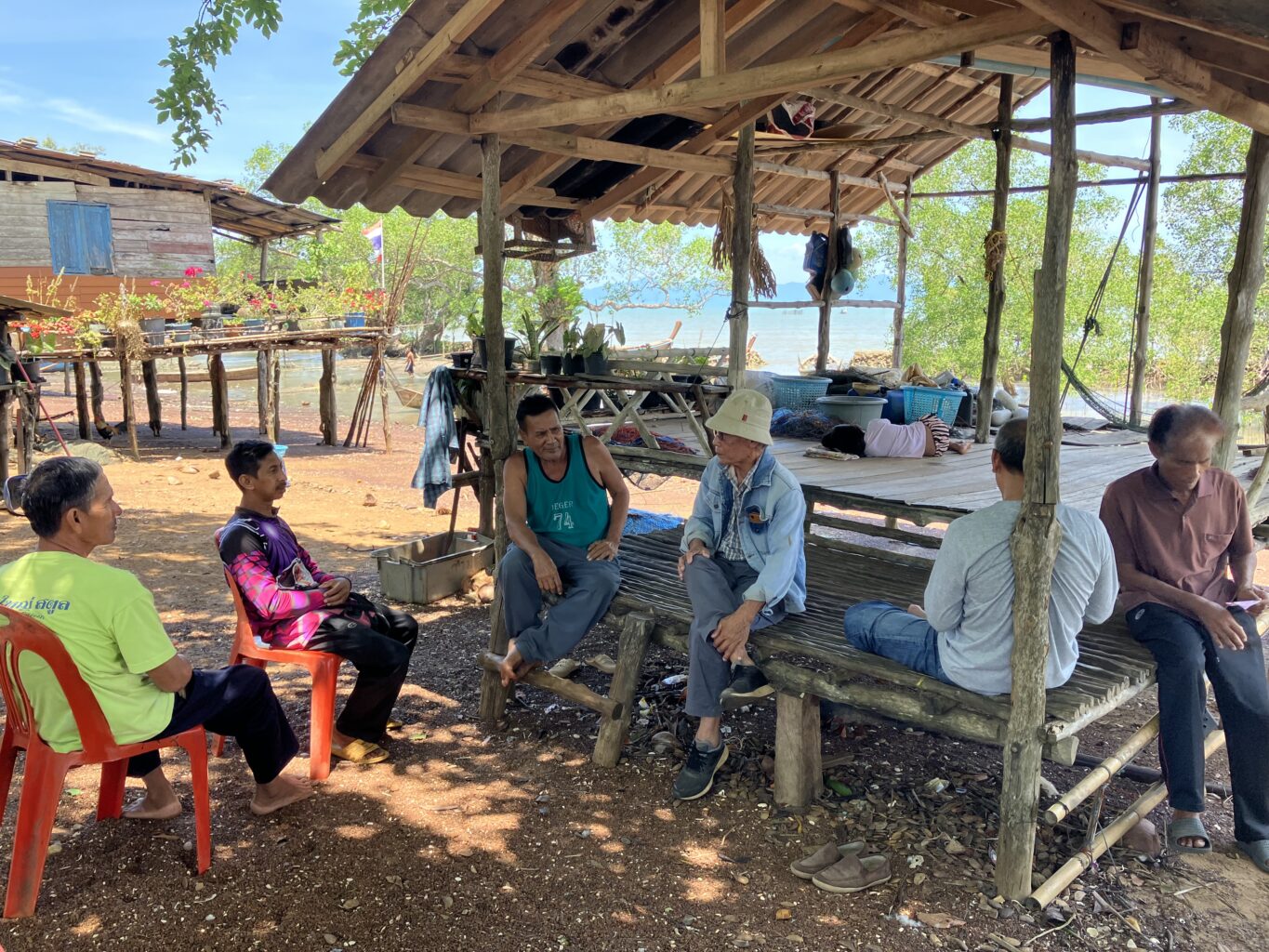Forest covers most of this beautiful island in Ranong Islands National Park. It is full of economically valuable trees, including teak, ironwood, and eaglewood, and villagers use forest herbs and tuber crops for food and medicine.
The forest is also alive with endangered wildlife. The Sunda pangolin, one of the most trafficked mammals in Asia, is just one step away from being classified extinct in the wild. So is the great hornbill, one of three hornbill species left on the island. (People drove other species of these showy birds extinct by deforestation and hunting.) Here also is the colugo, a small mammal that looks a little like a lemur and glides through the air—up to 200 feet at a time—like a flying squirrel.
Beaches on Haad Sai Dam Island are dotted with rich mangrove forest; fallen leaves create the dark sediment that gives the island its name, which means black beaches. Many islanders make a living by catching blue crabs, shrimp, and lobster, which means they depend on healthy mangroves. Unfortunately, illegal fishing methods, including small-mesh nets that capture juvenile animals, have endangered the fisheries’ future.
To conserve the forest and sea, community members will work with national park staff to demarcate the forest; patrol it to deter or stop illegal logging; and protect the hornbills and other threatened species. They will explain to fishers how destructive fishing methods jeopardize their long-term livelihoods, and will offer sustainable alternatives. A new nature trail will make forest surveillance easier, facilitate field trips for students, and encourage wildlife-based tourism.
Village leaders see children as the key to long-term conservation. The community is using a Seacology grant to build an environmental education center and buy educational materials. Their plans include working with schools to teach sustainable use of the forest and fishing grounds, and setting up youth conservation clubs. Local experts in forestry and fisheries will lead field trips. The center will be a place to pass on conservation knowledge—and commitment—to the next generation.


